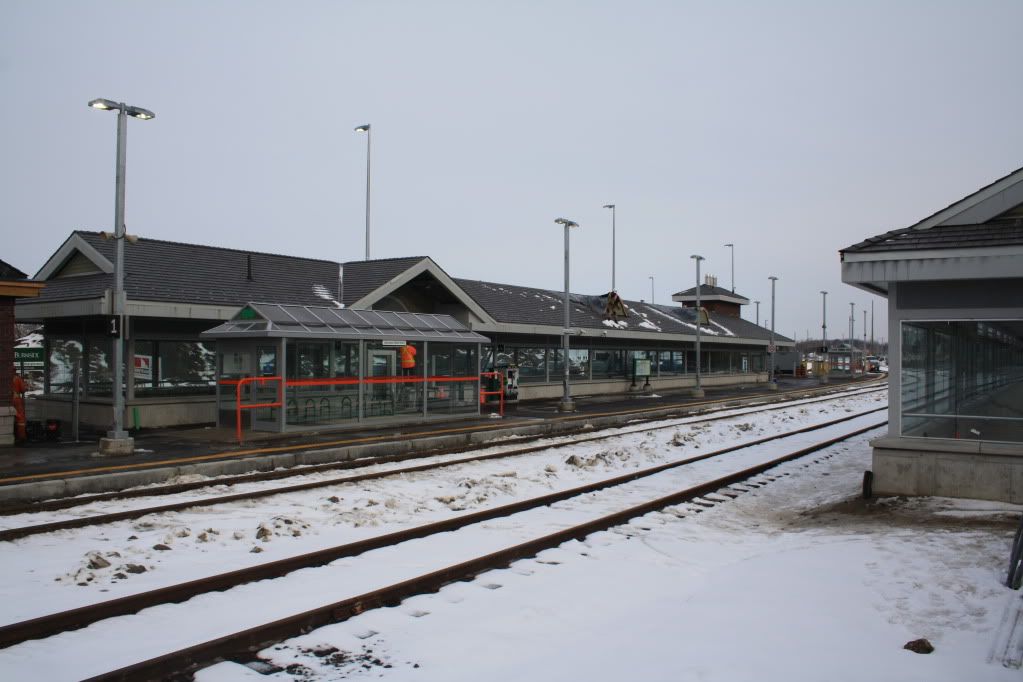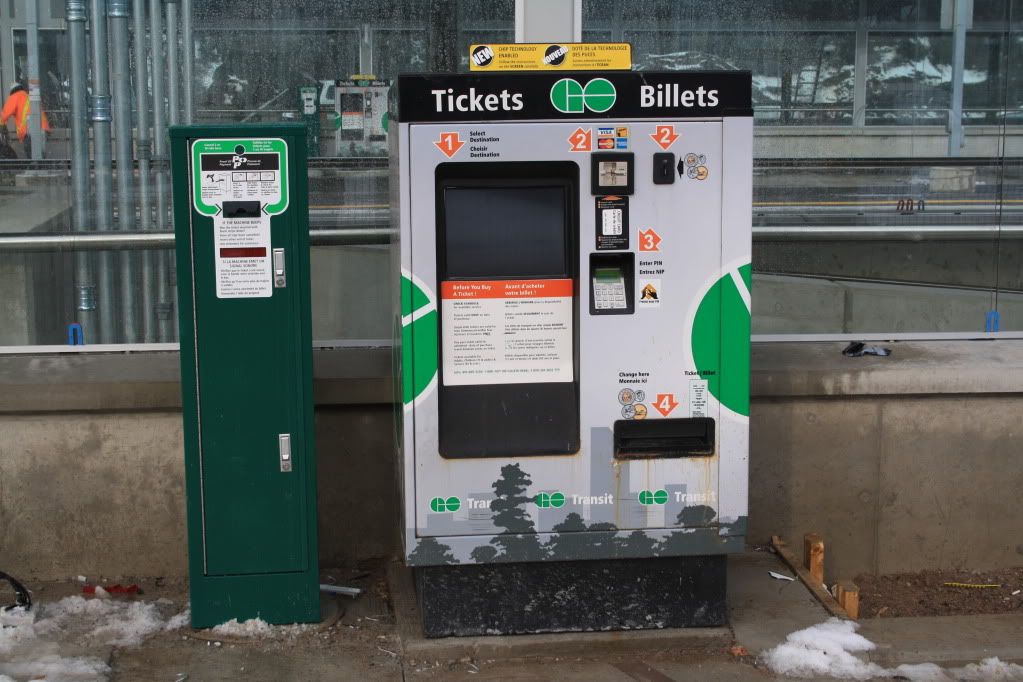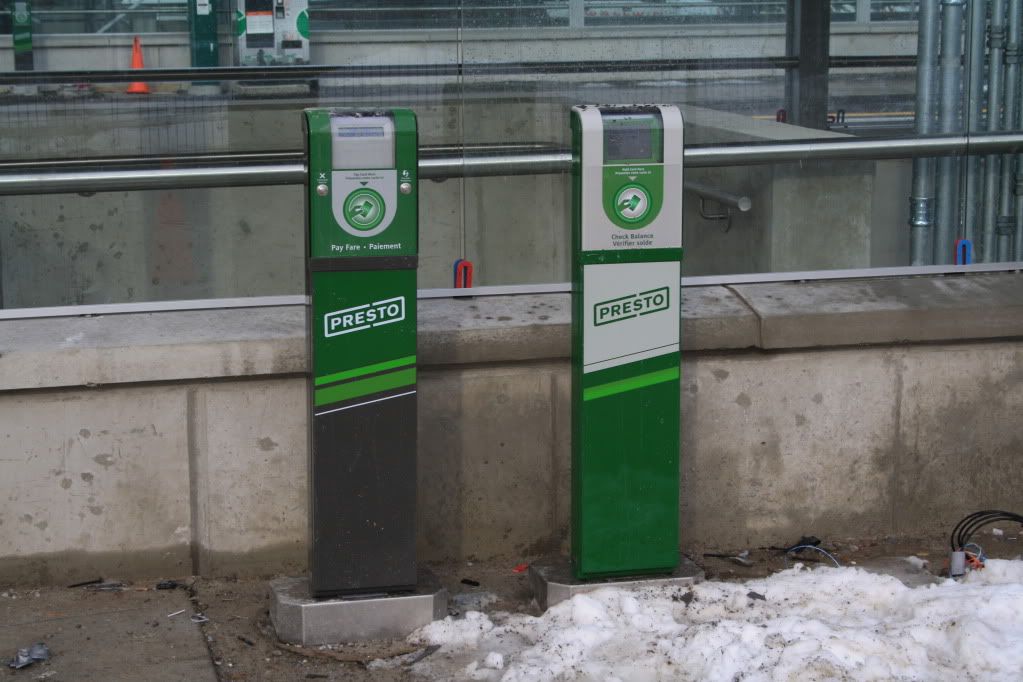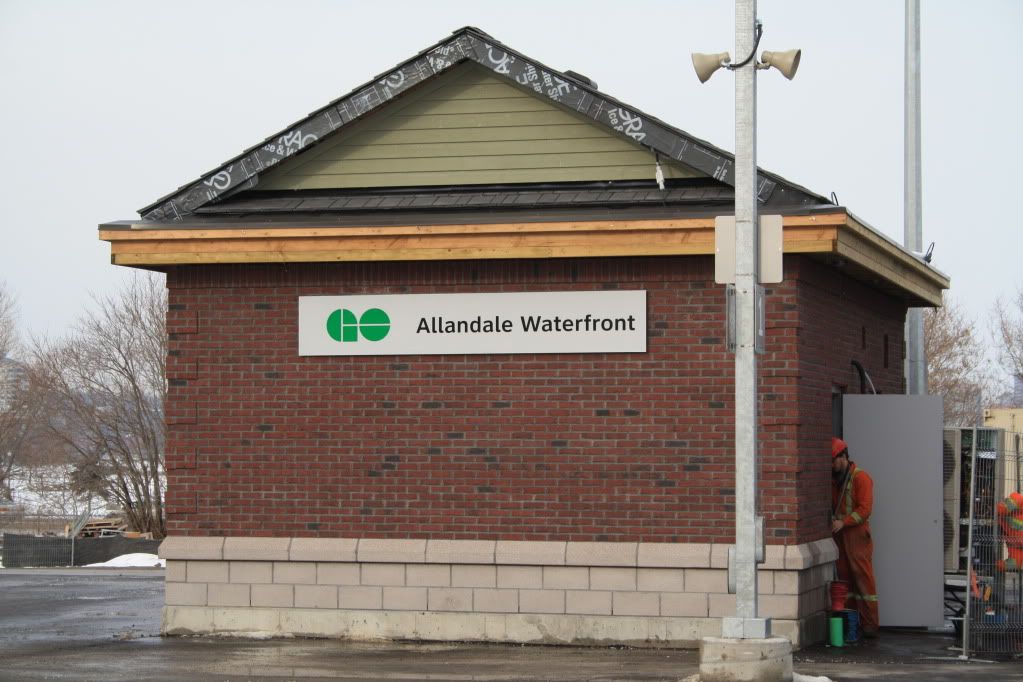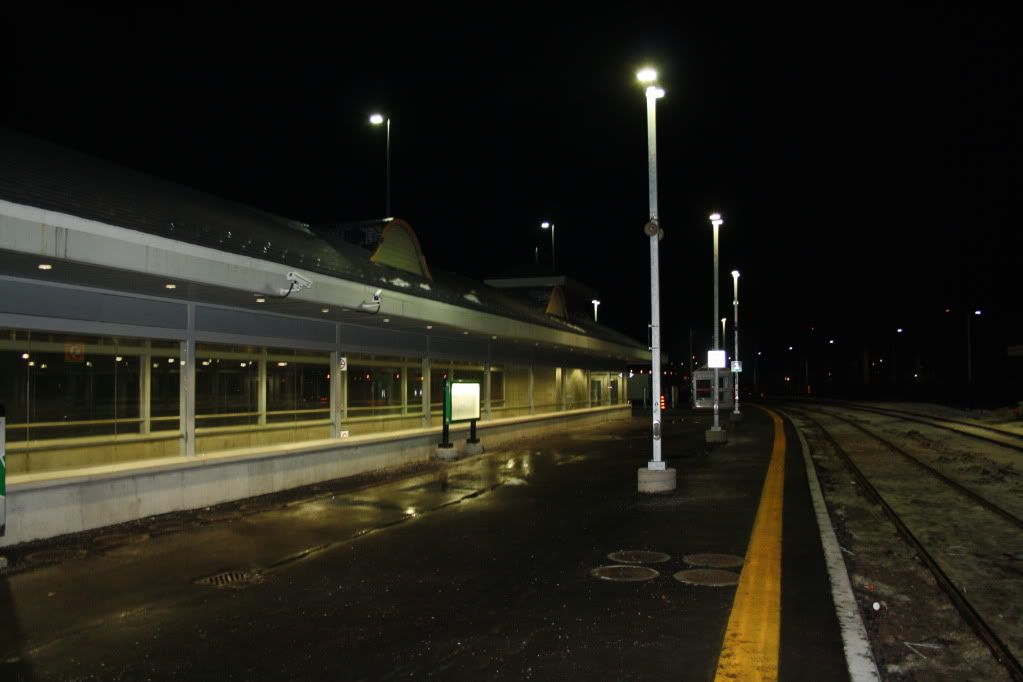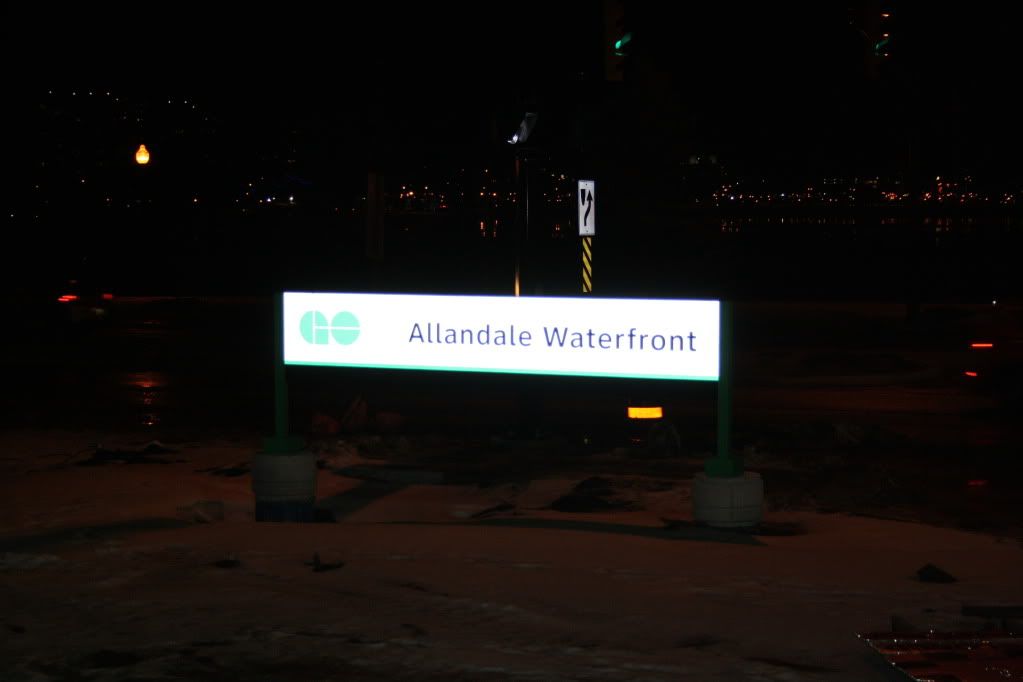I don't think it's few people. Kitchener-Waterloo have going on 400,000 people. In Europe, a city of 400,000 that's 100km away from another major city would be connected by dozens of trains a day. Why would nobody board the DMUs once they overlapped with the electric service? The whole point is that they're express. If I were in Brampton and going to Union, I'd obviously board the DMU that would make one or two stops at most rather than the electric train that would make twenty or so. The point is to cut back the electric service to a reasonable distance so that you can increase the stop frequency and make it a genuine urban service. You then need a second level of service with less frequent stops to pick up the slack for longer trips.
This relates back to another proposal that I've put on here a couple times, the 3 train rush hour configuration. Assuming the service is at least 3 tracked and electrified, I envision rush hour service operating like this: One train does the milk run, stopping at all stations from end to end. One train does all the stops in the 905, but once it reaches the limits of the City of Toronto (plus or minus 1 station) it goes express to Union. The third train does all local stops inside of Toronto, but stops once it reaches the edge of the City (again, plus or minus 1 station).
So even though people would be transferring trains, they would still get an express ride through Toronto. The added transfer would add only a few minutes to the trip, but would save thousands in operating costs.
Again, with these DMUs I'm thinking pretty short trains. As for frequency, for the Kitchener-Georgetown route, I would think that hourly service off-peak and 15 min service during peak would be more than sufficient.
It's also interesting to note that between Kitchener, Cambridge, and Guelph there's a series of rail lines that basically make a looped triangle between the 3 cities. The only exception is Guelph, which would have a short stub line into their main station. It would be interesting to see if a bi-directional DMU service could be implemented along this triangle.
This could become especially important because the growth plan for that area has Kitchener-Cambridge-Guelph basically growing into one another, at which point a rail service (2 rail lines if you do the triangle) would become very important.
Last edited:






